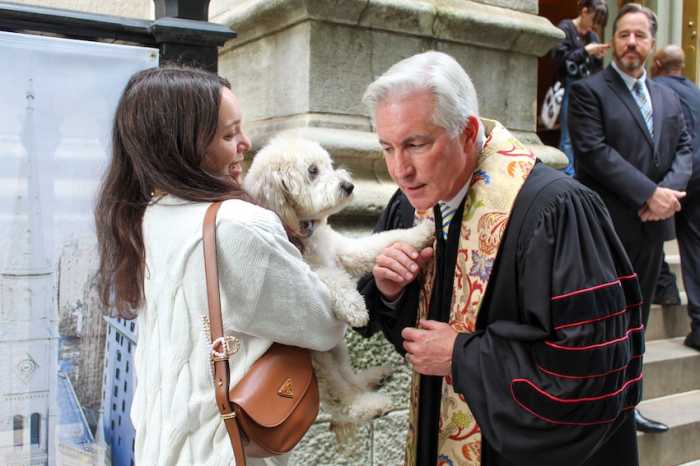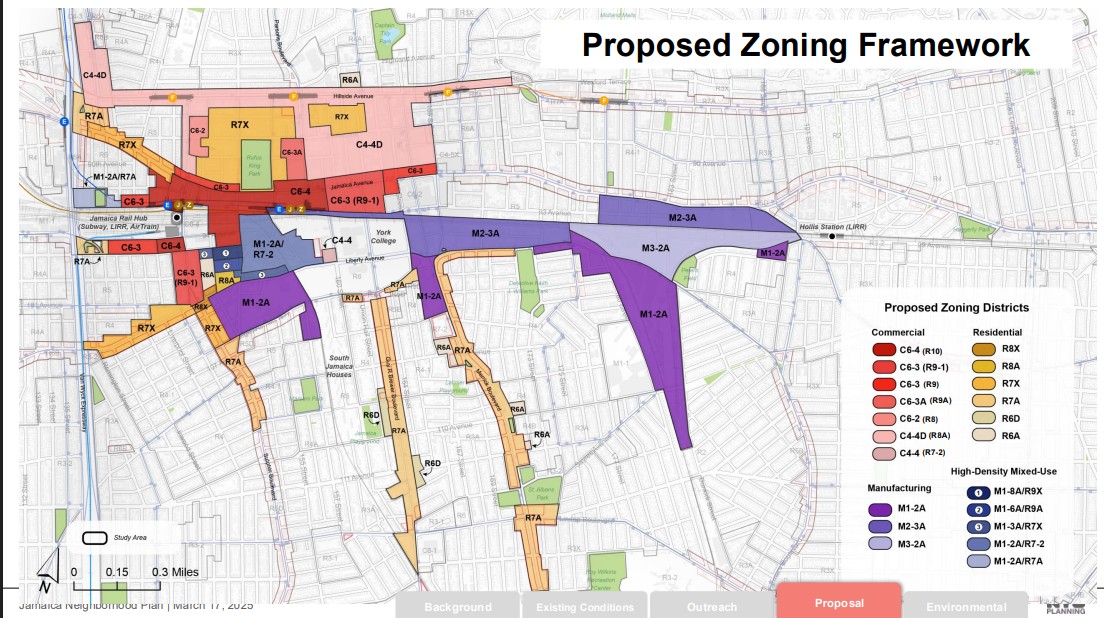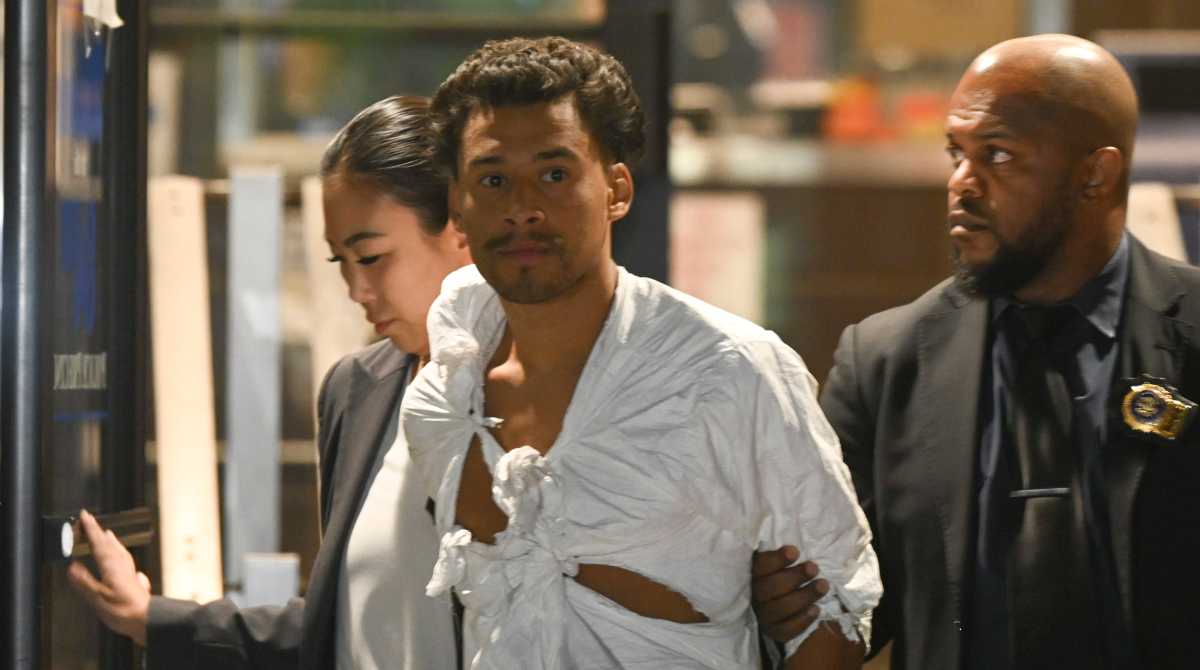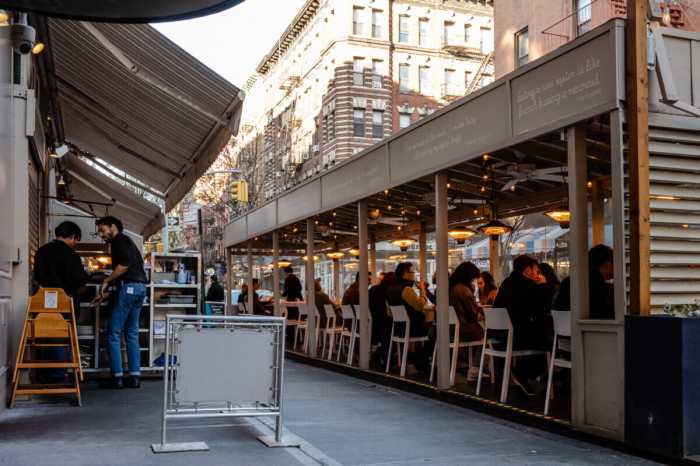By Lincoln Anderson
A month and a half after the collapse of the First Roumanian-American synagogue’s roof, the Lower East Side congregation has decided to demolish the entire building.
In the days and weeks following the Jan. 22 roof collapse, it was unclear whether the congregation would try to salvage the 150-year-old building on Rivington St. or possibly rebuild a new structure in its place.
Last Friday, Jennifer Givner, a Department of Buildings spokesperson, said that the congregation on March 1 was granted a demolition permit for the entire building. Givner stressed that the decision to demolish was not made by D.O.B.
“They came to us,” Givner said. “It’s their decision. I believe about 50 percent of the building was already down…. The day that the roof collapse occurred, our involvement was in the middle of the building, where the collapse was. It was the east and west walls that were affected, and our remediation order concentrated only on the east and west walls of the building. At the time, we didn’t order any remediation of the front or rear walls, because they were not impacted by the collapse.”
Rabbi Shmuel Spiegel, the congregation’s officiating rabbi, said their engineer, Solomon Rosezweig, told them the front wall and rest of the building — not only the side walls — were “really damaged” by the collapse.
Right now, he said, they are just focusing on salvaging valuable items from inside, such as the historic ark, in which the Torah scrolls are stored, and the bimah, the altar from where the rabbi reads the Torah. It may cost $30,000 to $40,000 just to dismantle the ark, he said.
“You can’t just take it apart with a chainsaw,” he noted of the ark.
He said the congregation definitely plans to rebuild a synagogue on the spot, which is located between Ludlow and Orchard Sts.
“Like I always say, there will be a synagogue there,” he said.
“It feels terrible,” he said of having to demolish the historic brick building. “I really can’t describe it in words. My father died doing a circumcision in the synagogue. He kept the synagogue alive. A lot of roots — they go deep, deep into the ground.”
Hopefully, the new building will be completed in one and a half to two years, he said. They’ll try to incorporate salvaged elements from the former synagogue, such as the old stained-glass windows and the ark, to the greatest extent possible. Asked what style the new building would be, the rabbi said, “I would like to really try to replica a little.”
As for where the money will come from for the new project, he said, the rebuilding fund they started after the collapse could be doing better.
“God will help,” he said.
Marcia Lemmon of the Ludlow St. Block Association said everyone is afraid that the congregation will sell out to developers.
“They’ll build a really big building and just let the synagogue have the ground floor. That’s what we’re all afraid of down here,” she said.






































